Grass Awns Explained: What Makes Them So Dangerous for Pets
A warm afternoon walk through tall grass might seem harmless, but hidden within those golden stalks is a serious threat to your pet’s health: grass awns. These sharp, barbed seeds may appear small, but they can cause painful wounds, deep infections, or even life-threatening complications.
At Krichel Animal Hospital in Keokuk, Iowa, we treat grass awn injuries every warm season. Understanding what they are, how to recognize the signs, and how to prevent them is one of the most important steps you can take to keep your pet safe.
What Exactly Are Grass Awns?
Grass awns, sometimes called foxtails, wild barley, or spear grass, are seed heads from certain wild grasses. Nature designed them to burrow into soil, but their structure also allows them to burrow into fur, skin, ears, eyes, or even nasal passages.
Their design is what makes them so dangerous. Each awn has tiny barbs that only allow movement forward. Once attached to your pet, they can puncture the skin or enter body openings and migrate deeper with every movement.
Foxtails are dangerous for dogs, and while cats groom more carefully, outdoor or long-haired cats are also at risk. A single seed can be enough to put a pet in the hospital for days.
Why They Cause So Much Trouble
Unlike splinters or burrs, grass awns do not work themselves out. Their barbs drive them further into tissue, carrying bacteria along the way. Left untreated, they can lead to:
- Painful abscesses and draining tracts
- Chronic ear infections that do not respond to cleaning
- Severe respiratory infections if inhaled
- Corneal ulcers or permanent vision loss
- Organ damage if they migrate into the lungs or abdomen
The longer an awn remains in place, the more complex and costly the treatment becomes. Some pets develop tracts that leak pus for weeks, and others require surgery when the awn has migrated too deep for simple removal.
Where They Hide and How They Show Up
Grass awns can lodge almost anywhere, but some sites are more common:
- Between the toes: constant licking, limping, swelling
- In the ears: head shaking, scratching, odor, or whining
- In the nose: sneezing fits, nasal discharge, pawing at the face
- In the eyes: squinting, redness, tearing, pawing at the face
- Under the skin: tender lumps or small wounds that ooze
Awns may even lodge in the gums or genital region. Because they keep moving, symptoms may appear far from the original entry point, which is why professional evaluation is so important.
Early Warning Signs Owners Should Watch For
Symptoms may appear hours or days after outdoor exposure, and they are not always obvious at first. Common red flags include:
- A sudden limp or refusal to put weight on one leg
- Head shaking or tilting to one side
- Persistent sneezing or coughing
- Localized swelling with no clear cause
- Small wounds that fail to heal
Because awns can migrate quickly, same-day evaluation is always best. Krichel Animal Hospital provides emergency care so we can act before the problem worsens.
How Veterinarians Diagnose and Treat Awn Injuries
Grass awns cannot be managed at home. Professional removal is essential, and it often requires advanced tools. At our AAHA-accredited hospital, a visit may include:
- A comprehensive exam of paws, ears, eyes, and nose
- Sedation or anesthesia to allow a pain-free, thorough search
- Diagnostics such as ultrasound or X-rays to locate deeper awns
- Surgery if the awn has migrated into tissue or organs
- Cultures to determine which bacteria are involved in infection
- Laser therapy to reduce pain, inflammation, and speed healing
Certain locations require special care. An awn behind the eyelid can scratch the cornea and cause ulcers. Inside the nose, they may cause violent sneezing fits or even migrate toward the lungs. In the ears, they can rupture the eardrum, setting the stage for chronic infections.
Even with careful searching, awns are not always found on the first attempt. Sometimes more than one is present, and they almost always cause infection, so antibiotics and pain control are standard. Follow-up rechecks are crucial to confirm healing and ensure no fragments remain.
Prevention Tips That Make a Difference
You cannot prevent every exposure, but consistent habits reduce risk:
- Stick to mowed trails and avoid weedy fields
- Check ears, paws, eyes, and groin after every outing
- Keep fur trimmed around ears, paws, and face
- Regular grooming is especially important for long-haired pets
- Use protective gear like Outfox hoods or boots on hikes
- Keep your own yard clear of tall or seeding grasses
Routine brushing and inspection right after outdoor play is one of the simplest and most effective ways to prevent injuries.
Quick Post-Adventure Checklist
- Comb through legs and tail
- Spread paw pads and check between toes
- Look inside ears with a flashlight
- Check gums and lips for lodged seeds
- Monitor for sneezing, limping, or paw licking
Spending a few minutes on this routine can save your pet weeks of discomfort and prevent costly treatments.
FAQs About Grass Awns
Do awns ever work themselves out?
No. Their barbs push forward, not back.
Are they only a summer problem?
They peak from spring through fall, but mild weather means they can linger longer.
Are cats at risk?
Yes. Cats, especially outdoor or long-haired ones, are vulnerable too.
Can they be life-threatening?
Yes. If they migrate into the lungs, chest, or brain, infections can become fatal.
How soon should I call the vet?
The same day you notice symptoms. Waiting makes the problem worse.
Protecting Your Pet from the Dangers of Grass Awns
Grass awns may be small, but the injuries they cause are not. With routine grooming, mindful prevention, and immediate veterinary care, you can keep your pet safe from these hidden dangers.
At Krichel Animal Hospital, our compassionate team combines advanced diagnostics, surgical care, and modern therapies to find and remove awns effectively. If your pet is limping, sneezing, shaking their head, or showing signs of discomfort after outdoor play, don’t wait. Contact us today or request an appointment. Acting quickly can make the difference between a simple fix and a serious complication.


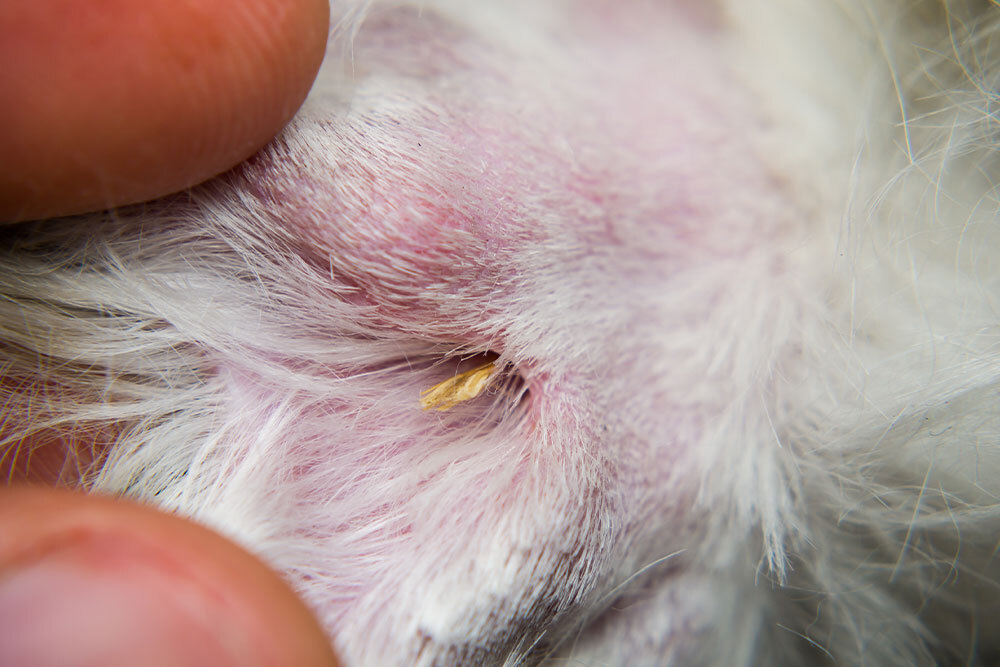
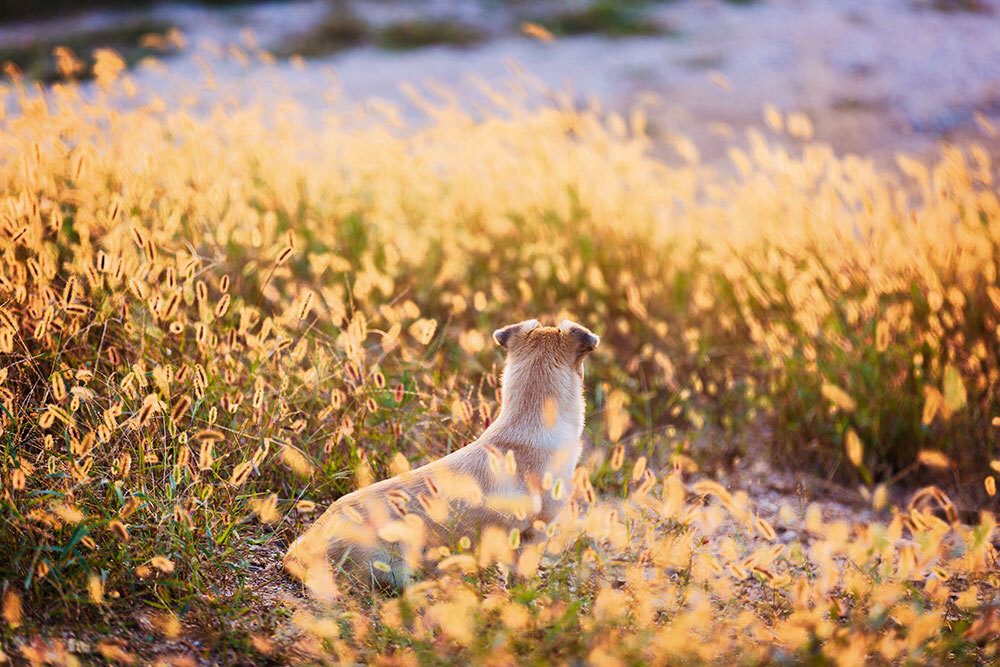
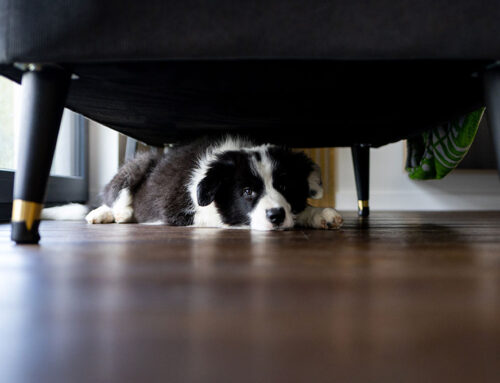
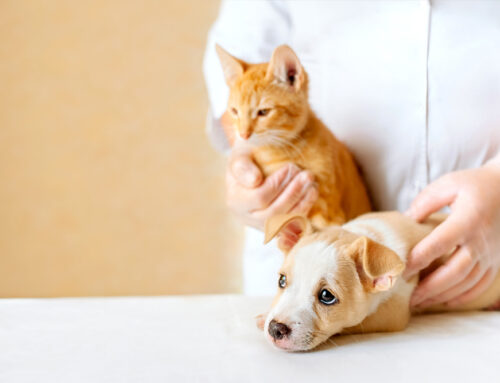

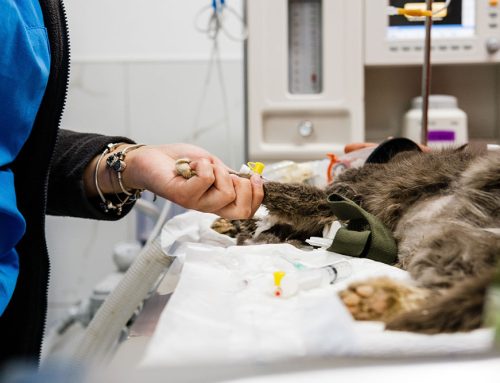
Leave A Comment